
This website uses cookies so that we can provide you with the best user experience possible. Cookie information is stored in your browser and performs functions such as recognising you when you return to our website and helping our team to understand which sections of the website you find most interesting and useful.
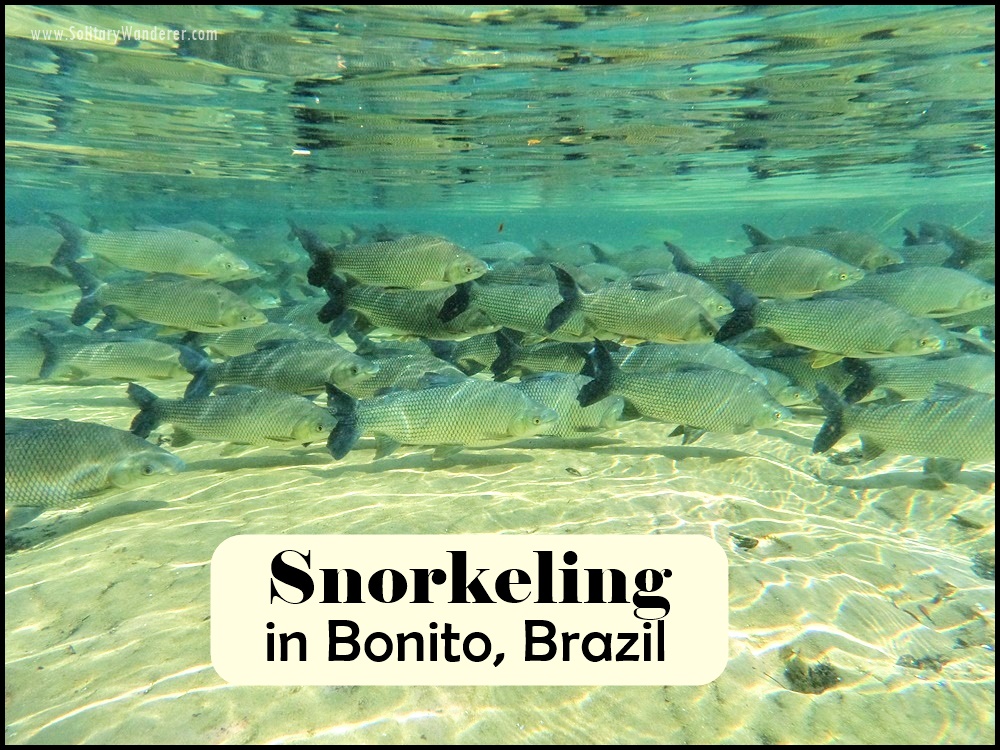
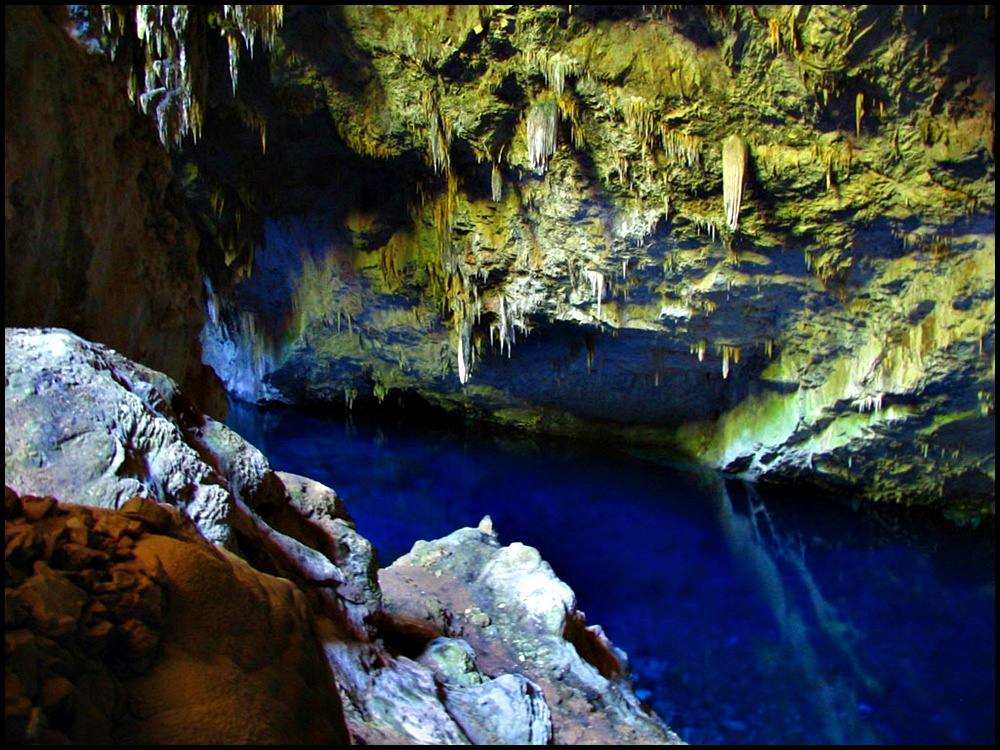
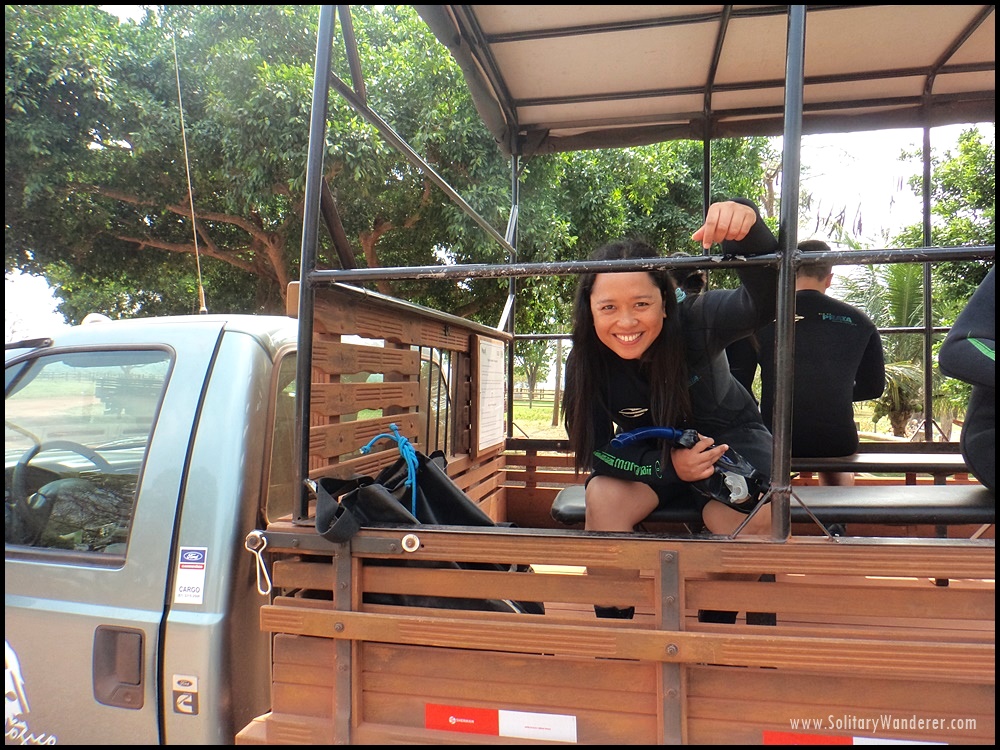
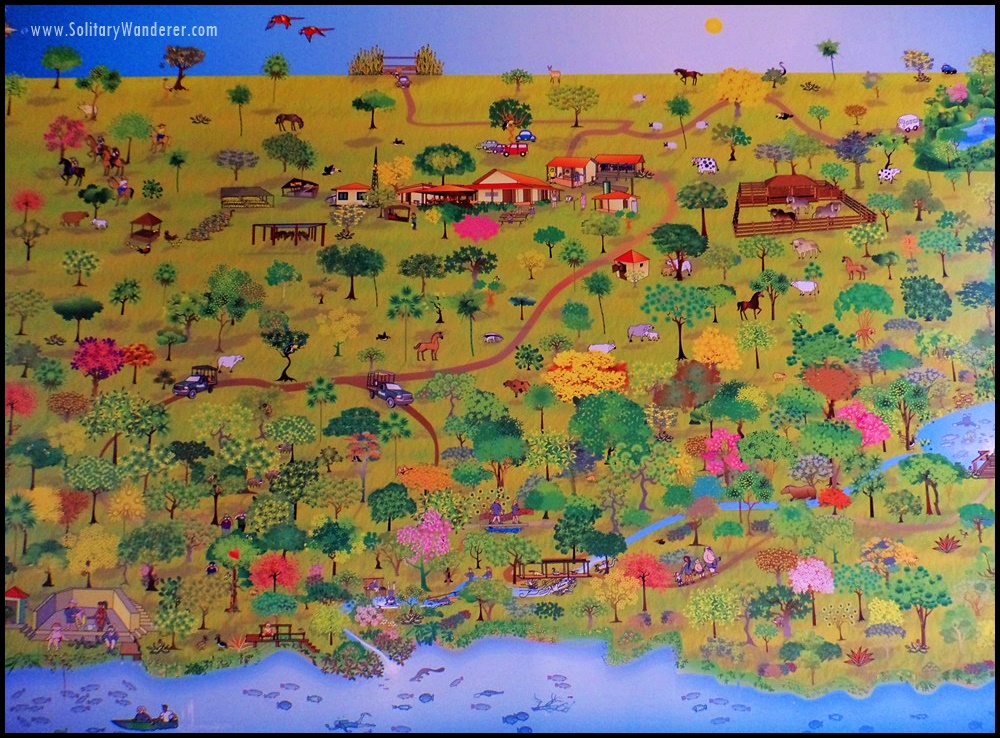
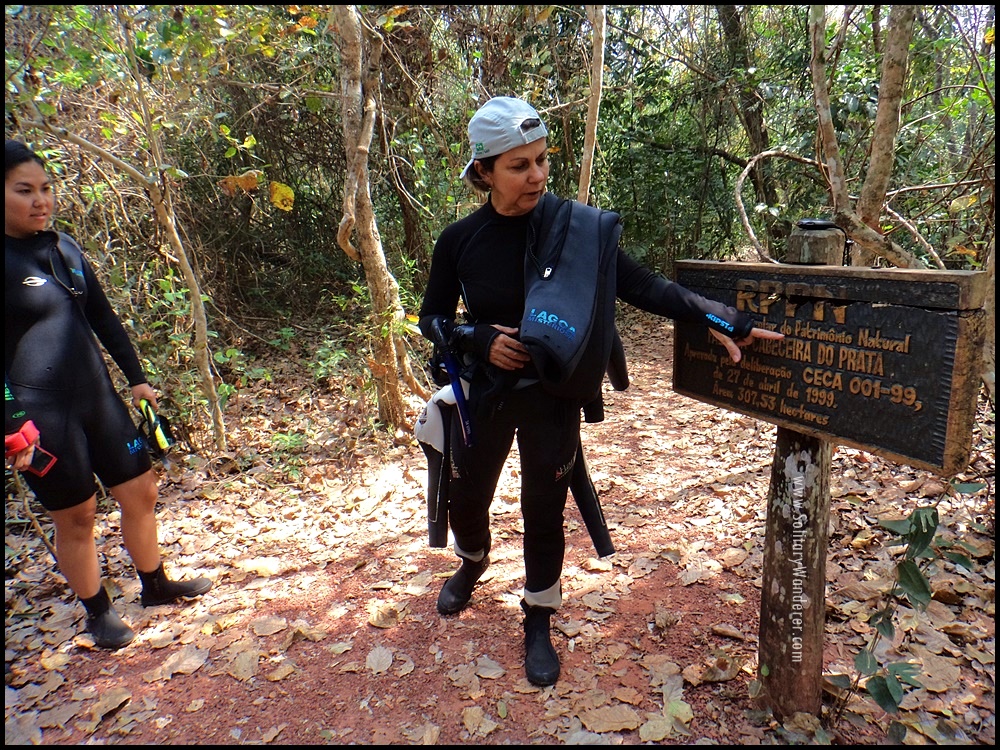
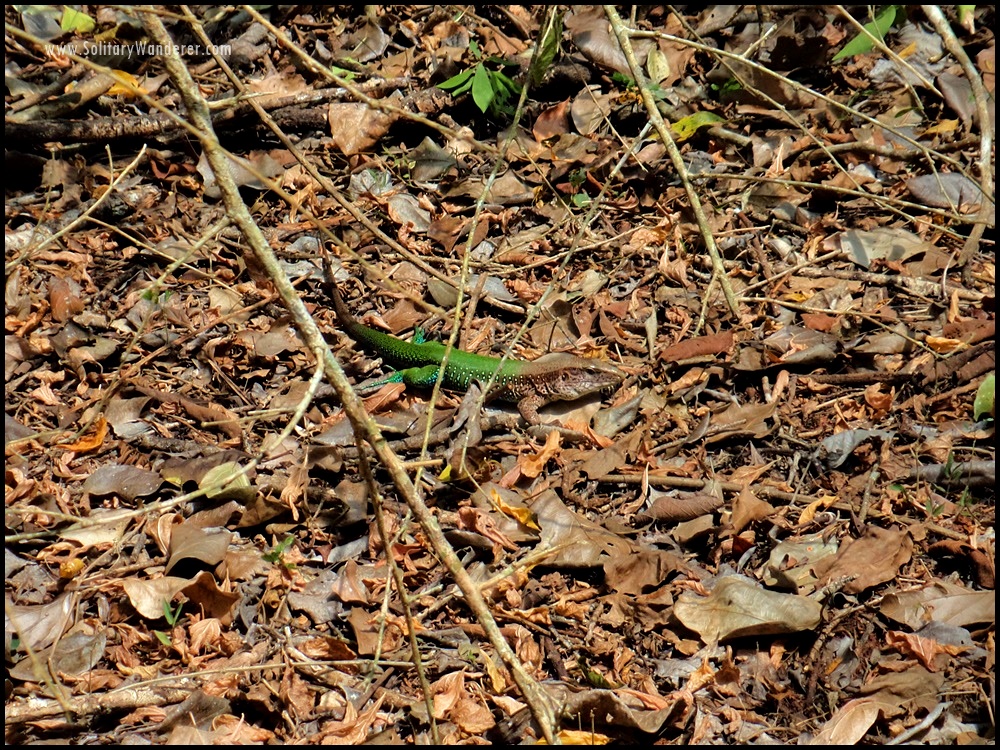
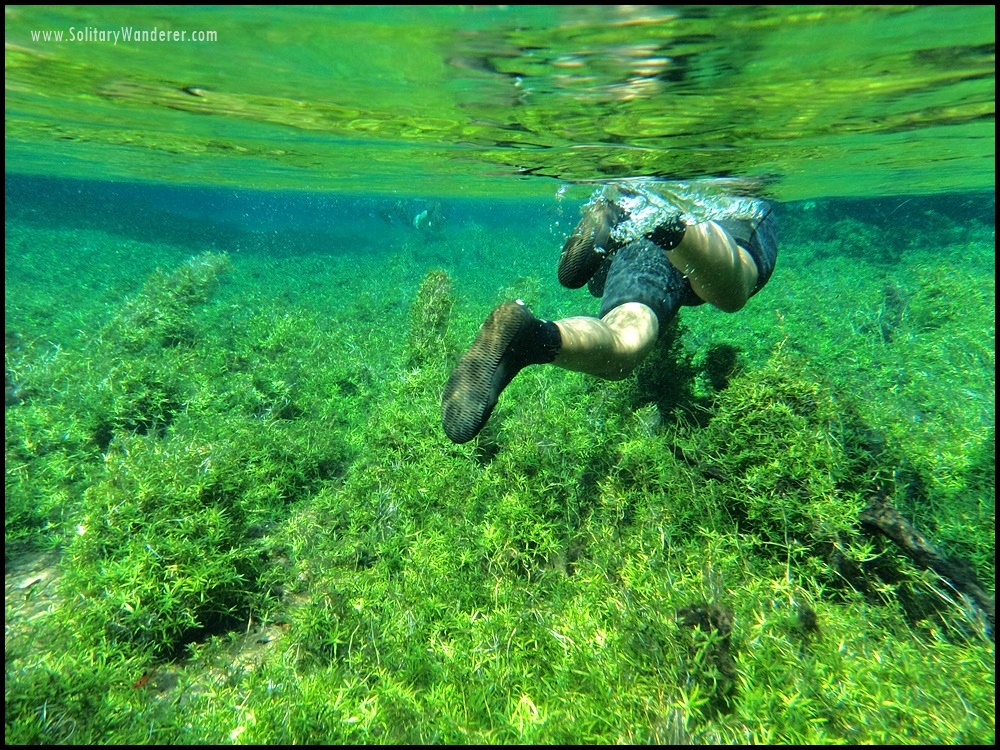
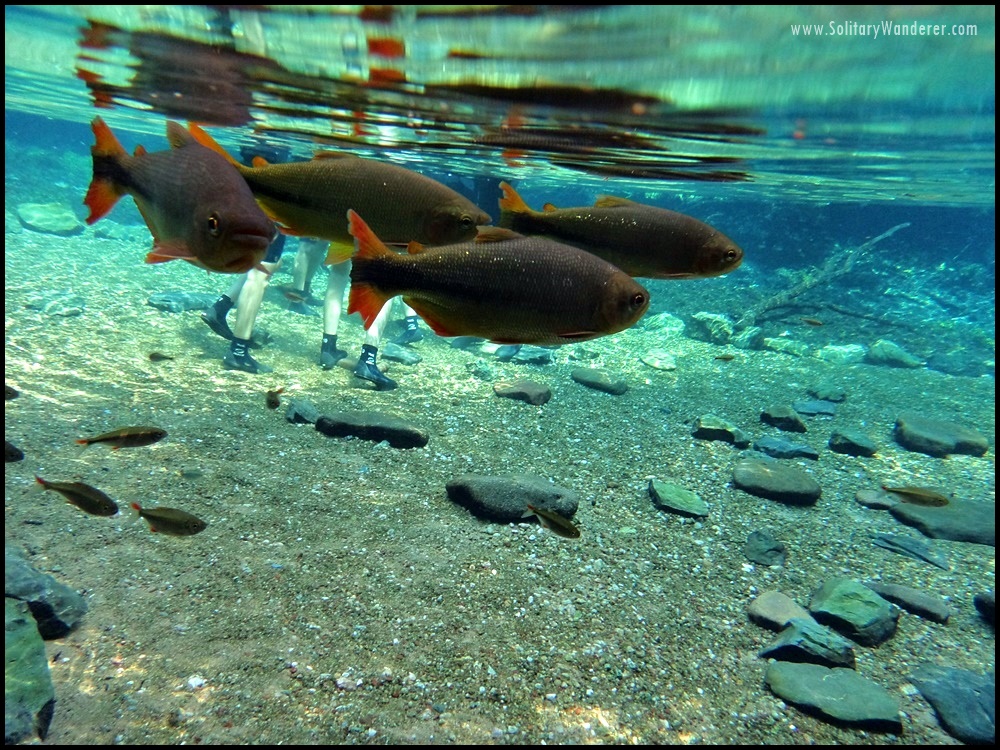
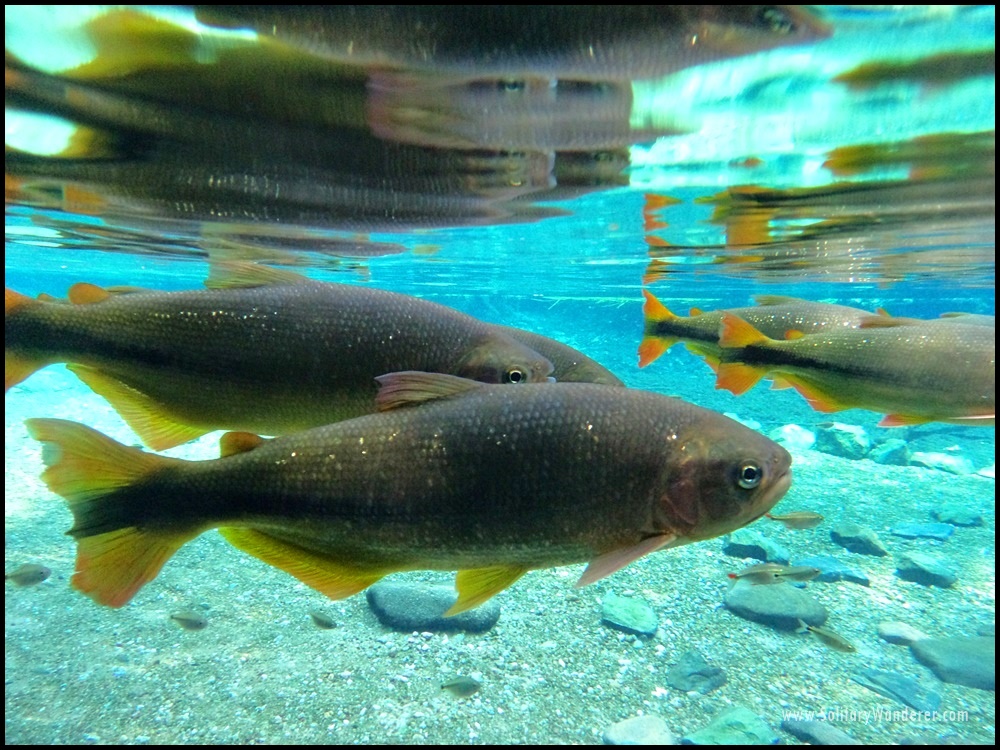

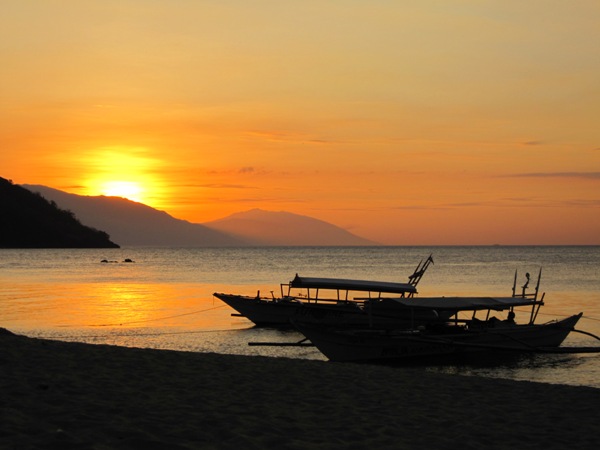

17 Comments. Leave new
Loved this! Was there as well. Bonito was nothing short of unforgettable.
It really is beautiful!
Bonito is amazing! I’ve been there some years ago! I have recently started writing about my travels… check it out!
BTW, did you attempt to dive down to deepest part of the river where the natural spring was? I tried to, but failed miserably because my wetsuit was too buoyant.
No, I didn’t get that chance either. 🙁
I was fortunate enough to do this back in June 2014. I was so impressed by the clarity of the water. Definitely Brazil’s best kept secret!
I’m glad I found the chance to go there too. One of my best experiences in South America.
Wow! Those are huge fish! Would definitely love to snorkel here.
They look delicious hehehe
That is the beauty of slow travel where you’re on your schedule and you get to places where no other tourists goes and you get to learn how they do things that SHOULD be applied to our country as well. It’s amazing how in other countries, they find a way to get the people/citizens to buy into the concept/program of preserving the natural resources without a hit to the people’s means of livelihood. Do you think the we, the Filipinos, can be disciplined enough to put the health of our natural resources over the greed of our pockets?
I think we need A LOT of education regarding sustainable tourism. I was snorkeling with a local fisherman once when I saw he was pounding a coral underwater with a big rock, only because he wanted the octopus hiding inside to come out! I was aghast. It’s unthinking destruction like that that needs to be addressed. The Philippines has to get its act together before our natural resources go the way of Boracay.
Snorkeling in Bonito was indeed fantastic, one of the best I have ever experienced in my life!
Yes, the mesure the local government takes surely help protecting these unique rivers, the wildlife & the fauna.
There are unfortunately far too few exemples of real sustainable ecotourism, which is more often than not just a marketing claim.
Great pictures, by the way!
Cheers, Gilles
Thanks, Gilles!
Wow! muito linda lugar! I truly admire how Brasileiros take initiatives about responsible tourism. Hope we can follow the same.
Ang sarap ihawin ng mga isda. hahaha
“Ang sarap ihawin ng mga isda.” —This is what I was thinking too, when I saw them. They were so big and looked so yummy! hahaha